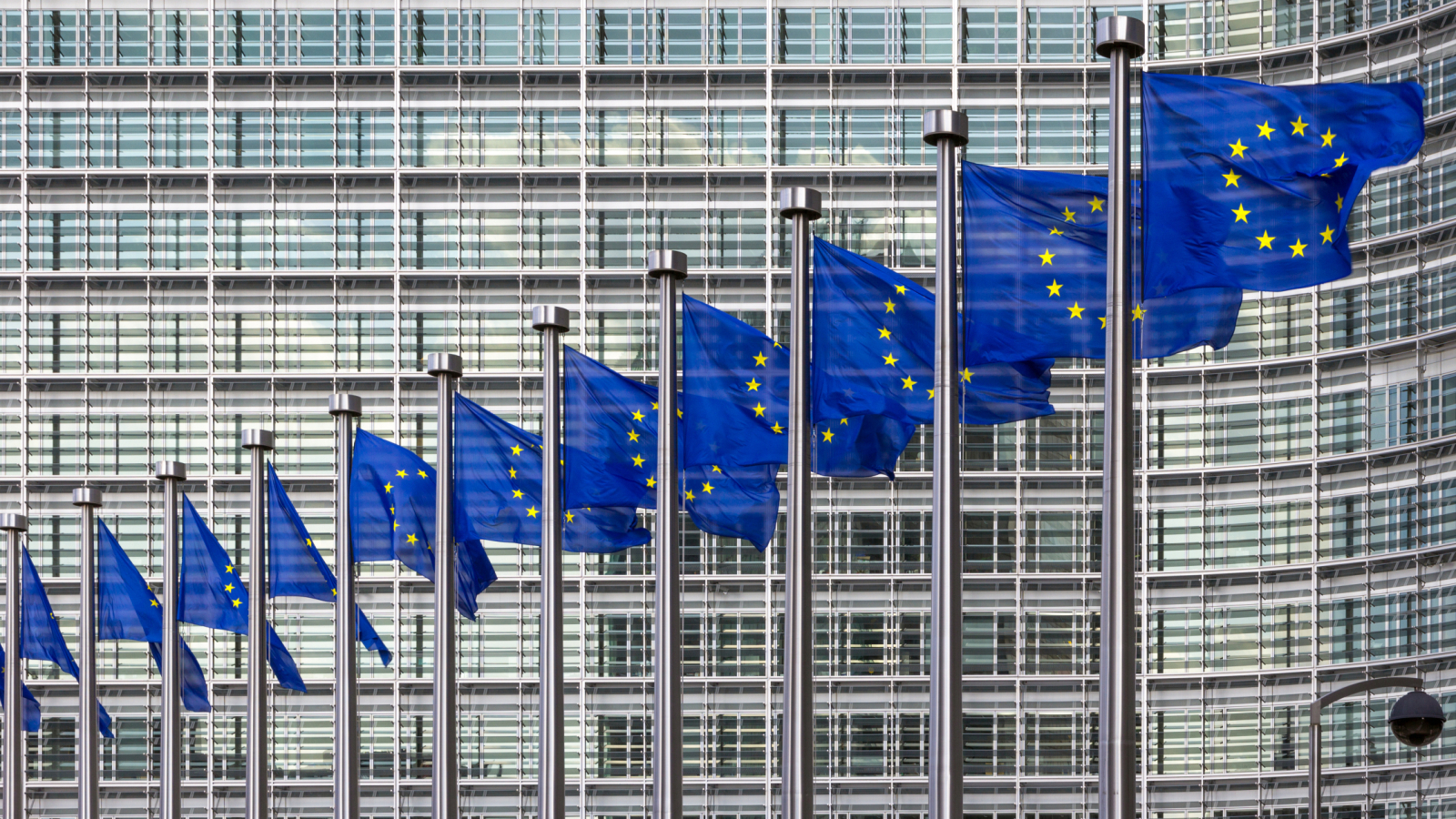
Regulators urged to be bold as research finds rules boost revenues
Grantham Research Institute has conducted the first comprehensive Europe-wide scrutiny of the EU Emissions Trading System, with surprisingly positive results for regulated firms.
Regulators across the globe should seriously consider matching the robustness of the European Union’s Emissions Trading System (ETS), according to researchers whose data revealed the scheme’s positive impact on corporate performance.
The Grantham Research Institute on Climate Change and the Environment (GRI) found in its most recent study that the EU ETS led to a “statistically significant increase in revenue and in fixed assets of regulated firms”, something that was “contrary to what could have been expected”.
The ETS is a “cap and trade” scheme where a limit is placed on the right to emit pollutants over a geographic area and companies can trade emission rights within that area.
Firms regulated under the EU ETS experienced revenues 15% higher between the ETS implementation in 2005 through to 2014, on average, compared to what their sales would have been had they not been regulated.
And their investments aimed at reducing the carbon intensity of their operations also led to an 8% rise in the value of their fixed assets compared to the counterfactual scenario of there being no EU ETS.
The trio of researchers behind the paper – Antoine Dechezleprêtre, Daniel Nachtigall and Frank Venmans – claimed their findings meant they could conclude, “with a high degree of confidence”, that the EU ETS seems to have led to some carbon emissions reductions with no negative impacts on the economic performance of regulated firms and thus on their competitiveness.
Speaking to Net Zero Investor, Venmans made his views clear on whether regulators around the world should seriously consider a carbon trading system such as that in the EU if they did not already have one.
“The answer to whether regulators should consider such a system is a definite yes,” the assistant professorial research fellow at GRI said.
In a normal functioning private market, you get a modest underinvestment in this area, and regulation can create an incentive for investment, which brings the companies to a more optimal level.
Positive regulation
The research appears to support the notion behind the Porter Hypothesis, namely that environmental regulation might lead regulated firms and the economy as a whole to become more competitive internationally by providing incentives for environment-friendly innovation that would not have happened in the absence of policy.
Venmans said that in the private sector, there is often a tussle between management levels about how much to invest in environmental-related schemes, with a similar tension often visible between listed companies and shareholders. The latter often want a return on invested capital that the former might rather invest.
“In a normal functioning private market, you get a modest underinvestment in this area, and regulation can create an incentive for investment, which brings the companies to a more optimal level,” Venmans added.
Adam Woodhall, chief executive at Lawyers for Net Zero, felt the research demonstrated there was a “clear win-win regarding robust environmental regulation”.
“Emissions are reduced and jobs are created,” he said.
“Therefore, this is excellent evidence to demonstrate to politicians and policymakers globally that whatever their philosophical stance regarding the reach of government, that if they want to boost their economies, then smart regulations are an important tool.”
Furthermore, the research findings should provide investors with important data to help them make decisions about which regions to back with their sustainability-focused capital.
“Investors now are able to make informed decisions that can lean into the territories with smart environmental regulation, safe in the knowledge it will also be good for their portfolios,” Woodhall added.
Backing transition
Ian Pascal, founder of HiPath Consulting, which advises on ESG and sustainability strategies, said he thought the data was “encouraging”, and that he wouldn’t be surprised if there had been an acceleratingly positive trend over more recent periods than the research covers.
He stated that the research was useful for so-called “transition investors”, those using their capital to encourage notionally “bad” companies to become “good”.
“The research is useful for transition investors as it helps make the case for continuing to provide capital to polluting companies so that this trend can be continued and accelerated,” he said.
“That can be a hard argument to make sometimes, but what this shows is that you can justify it from both carbon reduction and investment return perspectives.”
He added that this was “fundamentally essential” because investing in only low-carbon companies “will do little or nothing to lower warming compared with motivating the major polluters to reduce their emissions”.
Interestingly, the GRI research also appears to counter the pollution haven hypothesis, which suggests that firms based in countries where environmental regulations tighten could opt to move to nations with less stringent rules.
Hipath’s Pascal said he did not think that it was likely that firms would move from regulated geographies to those with fewer rules.
“There’s no doubt that there might still be pollution arbitrage (plastic waste exporting, for instance), but the commercial imperatives driven by the ever-increasing consumer demand for sustainable goods and services mean companies in all sectors have to demonstrate a path to sustainability,” he said.
“That applies to their customers, but equally to their providers of finance; nothing focuses the mind like the interest rate on your debt.”
Collaboration required
This notion from the GRI research that the pollution haven theory isn’t entirely robust comes at an interesting juncture in international climate politics, with the US and the EU considering implementing new tariffs on Chinese steel and aluminium as part of efforts to fight carbon emissions and global overcapacity.
GRI’s Venmans touched upon this broader issue, noting that climate-related developments in the energy and materials sectors, such as carbon capture and storage, and green steel, respectively, could require border tax adjustments to become viable.
Essentially, if the EU compelled its steel producers to produce green steel, it would need to implement a border tax on steel imports from other countries that were not “green”, and therefore had a higher carbon footprint.
This would protect the domestic producers, and potentially encourage exporters to produce steel that didn’t suffer the border tax.
While this might sound logical, just as the GRI research makes the Porter Hypothesis sound intuitive, getting shareholders, companies, politicians, policymakers and regulators to pull in the same direction could be more challenging.




